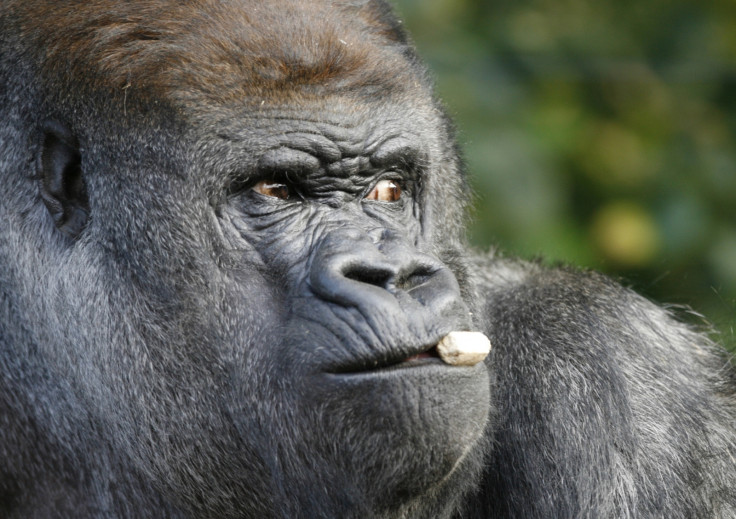Cameroon: Gorillas gave rise to half of the known Aids viruses

Gorillas living in the western lowlands of Africa gave rise to two of the four Aids virus lineages, scientists have discovered.
Researchers at the University of Pennsylvania School of Medicine looked at simian immunodeficiency virus (SIV) infection in African gorillas and found marked similarities between two types of HIV-1.
The virus that causes Aids in humans – HIV-1 – has crossed species boundaries to infect humans on at least four different occasions, resulting in four different lines terms M, N, O and P.
"Previous findings show that groups M and N originated in geographically distinct chimpanzee communities in Cameroon, but the origins of groups O and P have remained uncertain," researchers publishing their findings in the Proceedings of the National Academy of Sciences wrote.
Researchers analysed faecal samples of gorillas in Cameroon, Gabon, the Democratic Republic of Congo and Uganda looking for the presence of SIV that could be the precursor of the groups O and P.
They found SIV in four groups of western lowland gorillas in Cameroon and while tests revealed a high degree of genetic diversity among the samples, two showed "striking similarity" to HIV-1 groups O and O, indicating they originated in gorillas.
Martine Peeters, one of the study authors, said: "Understanding emerging disease origins is critical to gauge future human infection risks. From this study and others that our team has conducted in the past it has become clear that both chimpanzees and gorillas harbour viruses that are capable of crossing the species barrier to humans and have the potential to cause major disease outbreaks."
The four types of HIV-1 have different outcomes in humans. M gave rise to the Aids pandemic, infecting over 40 million people, while groups N and P have been found in just a handful of individuals in Cameroon.
However, while type O has not been as widespread as M, it has infected about 100,000 people across west central Africa.
The authors concluded: "Previous studies identified chimpanzees in southern Cameroon as the source of the pandemic M group, as well as the geographically more restricted N group. Here, we show that the remaining two groups also emerged in southern Cameroon but had their origins in western lowland gorillas.
"Although group P has only been detected in two individuals, group O has spread extensively throughout west central Africa. Thus, both chimpanzees and gorillas harbour viruses that are capable of crossing the species barrier to humans and causing major disease outbreaks."
© Copyright IBTimes 2025. All rights reserved.






















